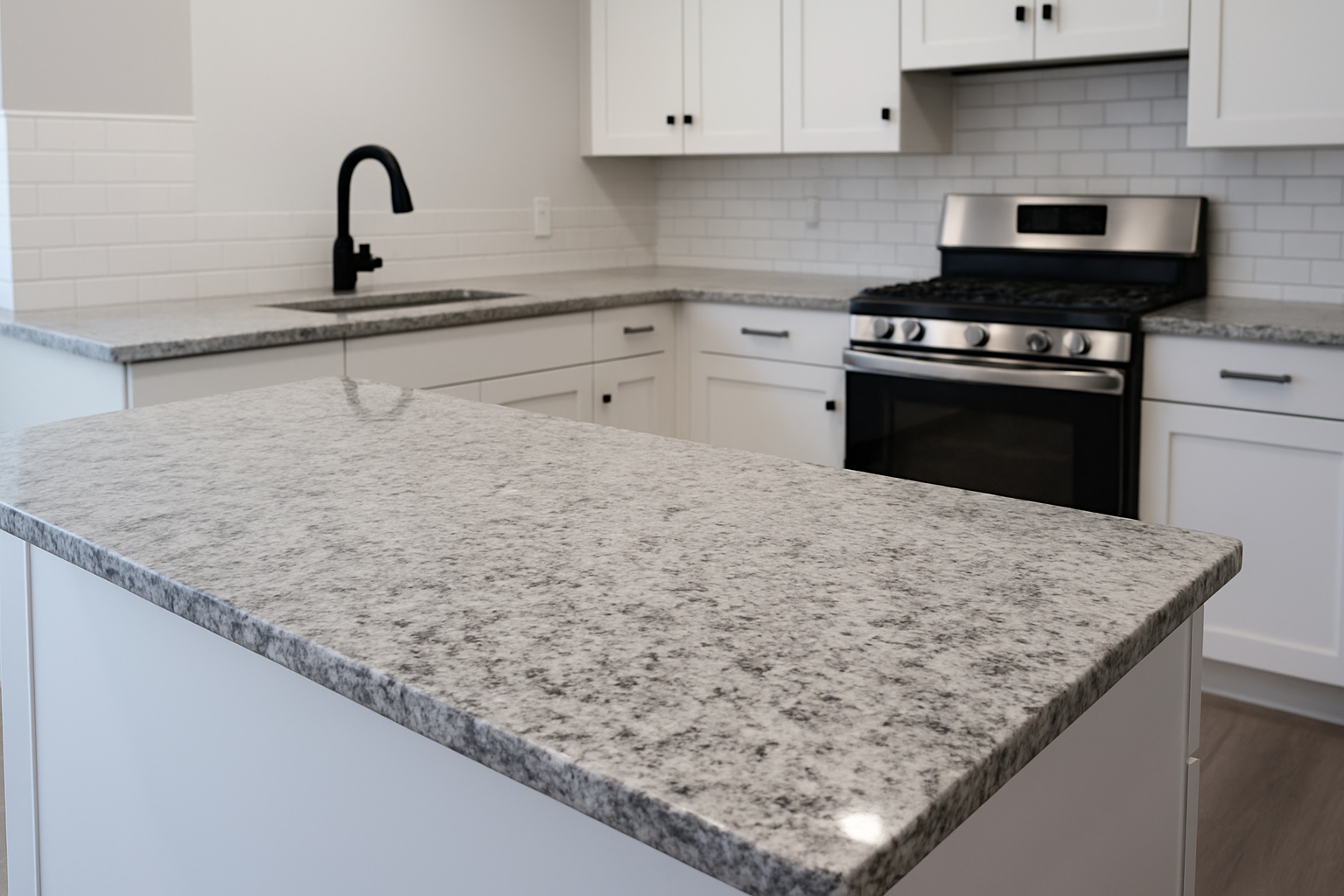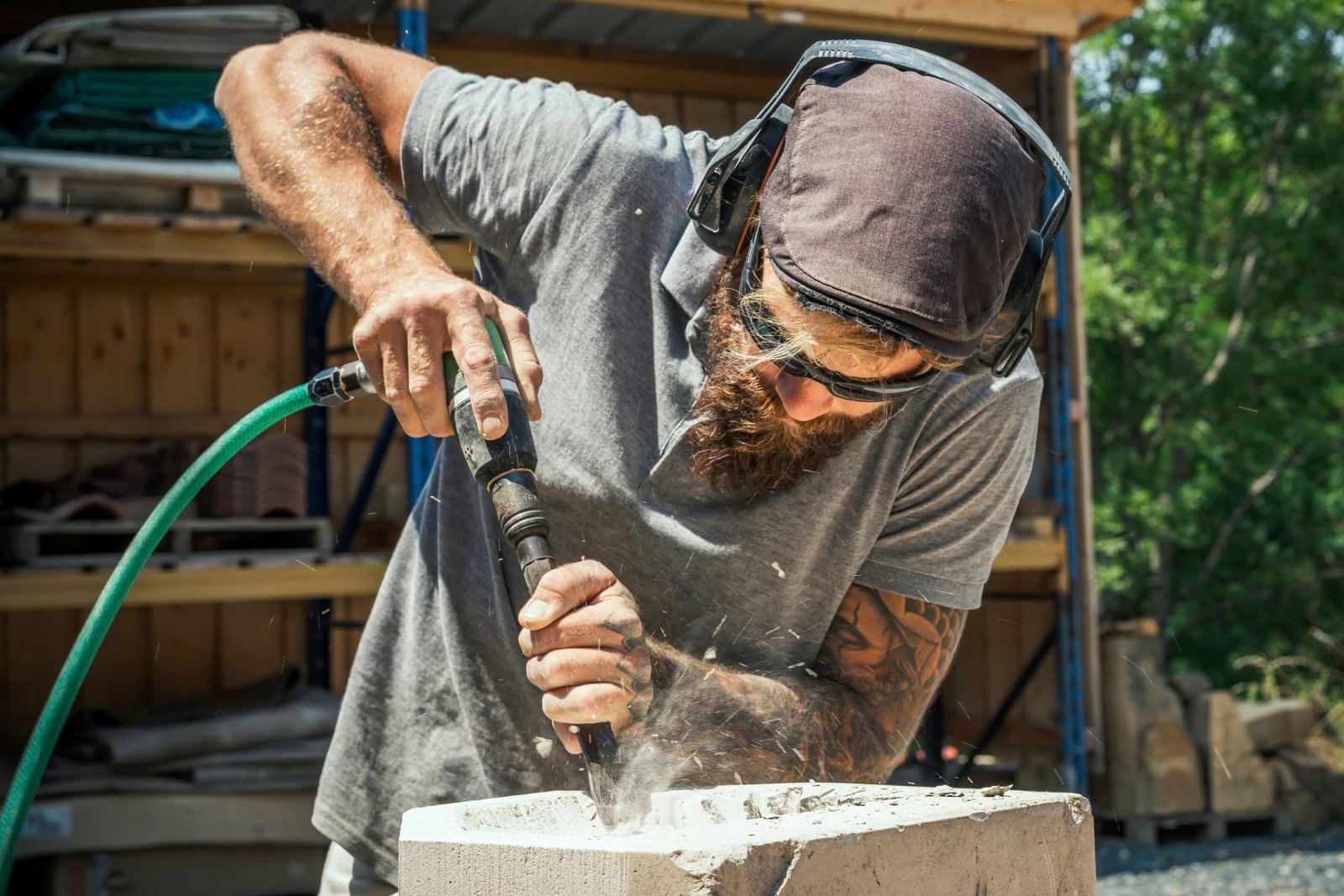
When you invest in a countertop installation, you expect it to provide years of beauty, functionality, and durability.
When you invest in a countertop installation, you expect it to provide years of beauty, functionality, and durability. However, like any key home feature, countertops require occasional inspection to ensure they continue performing at their best. Neglecting routine checks can lead to costly countertop repair needs, early countertop replacement, or preventable damage.
In this article, we’ll explore why and how often you should check your countertops after installation, what signs to look for, and how proactive maintenance can protect your investment—whether you’ve opted for a granite countertop installation, quartz countertop installation, or any other material.
Why Regular Countertop Checks Are Important
Even the best kitchen countertop installation can be vulnerable to small issues over time. Regular inspections help you:
- Catch small chips or cracks before they grow
- Detect sealant wear early
- Ensure seams remain tight and level
- Prevent moisture penetration and staining
- Maintain your kitchen’s aesthetic appeal and hygiene
A professional countertop installation aims for longevity, but ongoing vigilance is crucial to maximize its lifespan and performance.
For more insight into achieving flawless results from the beginning, check out How to Ensure a Successful Countertop Installation.
How Often Should You Check Your Countertop Installation?
Here’s a practical schedule for inspections depending on the material and usage:
| Task | Recommended Frequency |
|---|---|
| General surface check | Monthly |
| Seams and edges inspection | Every 6 months |
| Resealing natural stone | Every 12–18 months |
| Structural assessment | Annually (or after major impact) |
| Post-heavy use inspections | After large parties/events |
Specific Inspection Tips by Countertop Material
Granite Countertop Installation
Granite is extremely durable but needs resealing to remain stain-resistant. Inspect:
- Sealant effectiveness (perform the water drop test)
- Hairline cracks around corners or sink cutouts
- Surface chips on high-traffic areas
Action tip:
Check sealant yearly and reapply as needed.
Quartz Countertop Installation
Quartz is non-porous and lower maintenance, but you should still check for:
- Separated seams due to house settling
- Chips along edges
- Discoloration from UV exposure (near windows)
Action tip:
Perform surface and seam checks twice a year.
Solid Surface and Laminate Countertops
These materials are softer and more prone to scratches and heat damage.
- Inspect for cuts, bubbling, or delamination.
- Look for seams that may be pulling apart.
Action tip:
Monthly visual inspections help prevent small problems from becoming costly repairs.
Signs That Indicate Countertop Problems
During your routine inspections, look for:
- Cracks or fractures: Especially around sink or cooktop cutouts.
- Discoloration or staining: Especially if you have natural stone that needs resealing.
- Loose seams: Gaps or shifting seams can allow moisture to seep underneath.
- Uneven surfaces: Signs of cabinet settling affecting the slab’s position.
- Surface etching or dullness: Loss of gloss in polished stone or engineered surfaces.
If you notice any of these issues, early intervention can save significant costs on countertop repair or even full countertop replacement.
For common pitfalls to be aware of, review What Are Common Problems in Countertop Installation?.
When to Call in the Professionals
While basic inspections can be handled by homeowners, some scenarios require professional help:
- Major cracks that threaten structural integrity
- Seam failures with visible gaps or height differences
- Water infiltration causing countertop or cabinet damage
- Surface refinishing needs for natural stone or solid surfaces
Searching countertop installation near me will help you locate qualified contractors for repairs, resealing, or adjustments.
How Routine Checking Helps Control Countertop Installation Costs
Catching small issues early means:
- Cheaper repairs (small chip filling vs. full slab replacement)
- Prolonged lifespan for materials
- Avoiding damage to adjacent cabinetry and plumbing
- Maintaining property value
Neglecting small issues can dramatically increase the total countertop installation cost over time through avoidable replacements.
Preventative Maintenance Tips
Routine checking works best when combined with good maintenance habits. Here are essentials for preserving any kitchen countertop installation:
- Always use cutting boards and trivets.
- Clean spills immediately—especially acidic substances like wine, citrus, or vinegar.
- Avoid dropping heavy objects on surfaces.
- Use only stone-safe or pH-neutral cleaning products.
- Reseal natural stone surfaces on a consistent schedule.
The Role of Proper Installation in Reducing Long-Term Problems
Proper original installation sets the foundation for fewer future issues. A successful granite countertop installation or quartz countertop installation should include:
- Precision templating
- Professional seam joining
- Correct substrate support
- Immediate sealing (for natural stones)
That’s why working with qualified installers and insisting on high standards is key from the beginning.
Conclusion
Regular inspections are a critical part of maximizing your countertop installation’s lifespan and preserving your kitchen’s value. Whether you have stunning granite countertops installed or sleek quartz surfaces, monthly surface checks, bi-annual seam inspections, and annual resealing (for stone) are essential practices.
By staying proactive, addressing minor issues early, and maintaining your countertops properly, you ensure your kitchen remains as beautiful and functional as the day your new countertops were installed.

